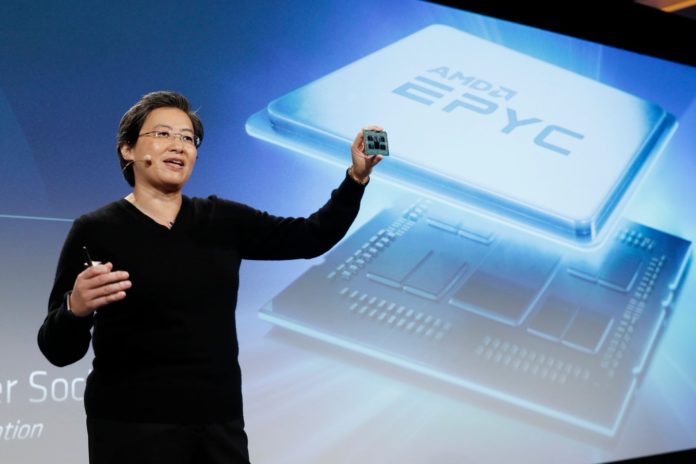Thanks to AMD’s Reddit thread, it has come to our attention that back in 2012 when AMD’s Opteron server processors were around, Microsoft would consider them to be 3/4th of a real (read Intel Xeon) CPU core. This is clearly mentioned in the company’s SQL Server 2012 Core Licensing guide that assigns a “Core Factor” of 0.75 to all AMD chips while the Intel Xeon parts all had a value of 1. According to the documentation, “The core factor is a multiplier used in calculating the number of core licenses you will need for a server with a given processor type. To simplify the Transition Report, focus on those servers containing more than 4 cores per processor.”

This isn’t a bad thing at all though, considering that back them AMD’s octa-core chips used to be slower than even Intel’s quad-core offerings. Furthermore, this would make it cheaper for firms to buy AMD Opteron server processors and pay only 75% (for each core’s license) of what they’d have to pay for Xeon cores.

So for dual-core processors, the clients had to pay for licenses like they were getting one and a half cores, and for quad-core parts, only three. All in all, considering how sluggish the Bulldozer processors were, it’d have been fairer if each core was considered to be equal to half of a “real” Intel core. Regardless, those days are behind AMD, and these days it seems like the situation might get reversed in a couple of years, with reports coming in that team blue might be stuck on the 14nm node for another couple of years. Their competitor, on the other hand, is ready to release 7nm chips supporting the latest iteration of PCIe (v4), and by the time Intel is ready to sell the 10nm SKUs, AMD will be ready with the 5nm/5nm EUV chips.
Read more:


